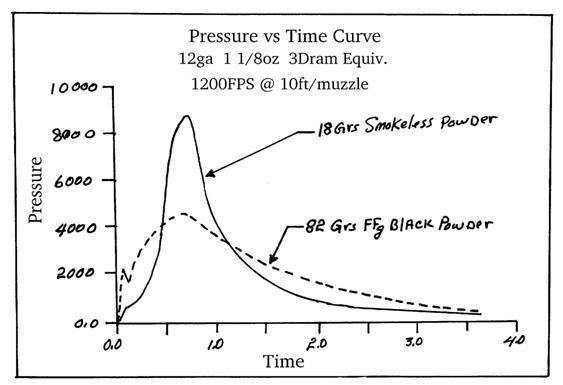If you want to shoot black powder era and early smokeless era .45 Colt or .44-40 SAAs with cartridges loaded with black powder, should you use 2Fg or 3Fg? Does it matter? How about Swiss vs Goex? I have never used Swiss but I hear that it is cleaner burning and somewhat more powerful than Goex.
Yesterday I was "celebrating" the 138th anniversary of the gunfight at the OK corral by shooting some black powder loaded .45 Colt rounds that I had loaded with a 250 grain lead round nose flat point bullets and modern solid head cases filled with Goex 3Fg. I did not measure the amount of powder by either weight or volume, I just filled the case with 3Fg to the point that I could still seat the bullet and have a slightly compressed load.
I'll tell you what...a full case of 3Fg under a 250 grain bullet is a serious load. When firing these loads through a 1979 vintage 3rd gen gun (4-3/4 inch barrel, model P1840) the recoil was substantial, almost like a .44 magnum. Not quite, but headed that direction.
The recoil and blast was enough that I wondered if these loads would be safe to fire in a 120+ year old SAA.
What do people think?
Yesterday I was "celebrating" the 138th anniversary of the gunfight at the OK corral by shooting some black powder loaded .45 Colt rounds that I had loaded with a 250 grain lead round nose flat point bullets and modern solid head cases filled with Goex 3Fg. I did not measure the amount of powder by either weight or volume, I just filled the case with 3Fg to the point that I could still seat the bullet and have a slightly compressed load.
I'll tell you what...a full case of 3Fg under a 250 grain bullet is a serious load. When firing these loads through a 1979 vintage 3rd gen gun (4-3/4 inch barrel, model P1840) the recoil was substantial, almost like a .44 magnum. Not quite, but headed that direction.
The recoil and blast was enough that I wondered if these loads would be safe to fire in a 120+ year old SAA.
What do people think?









